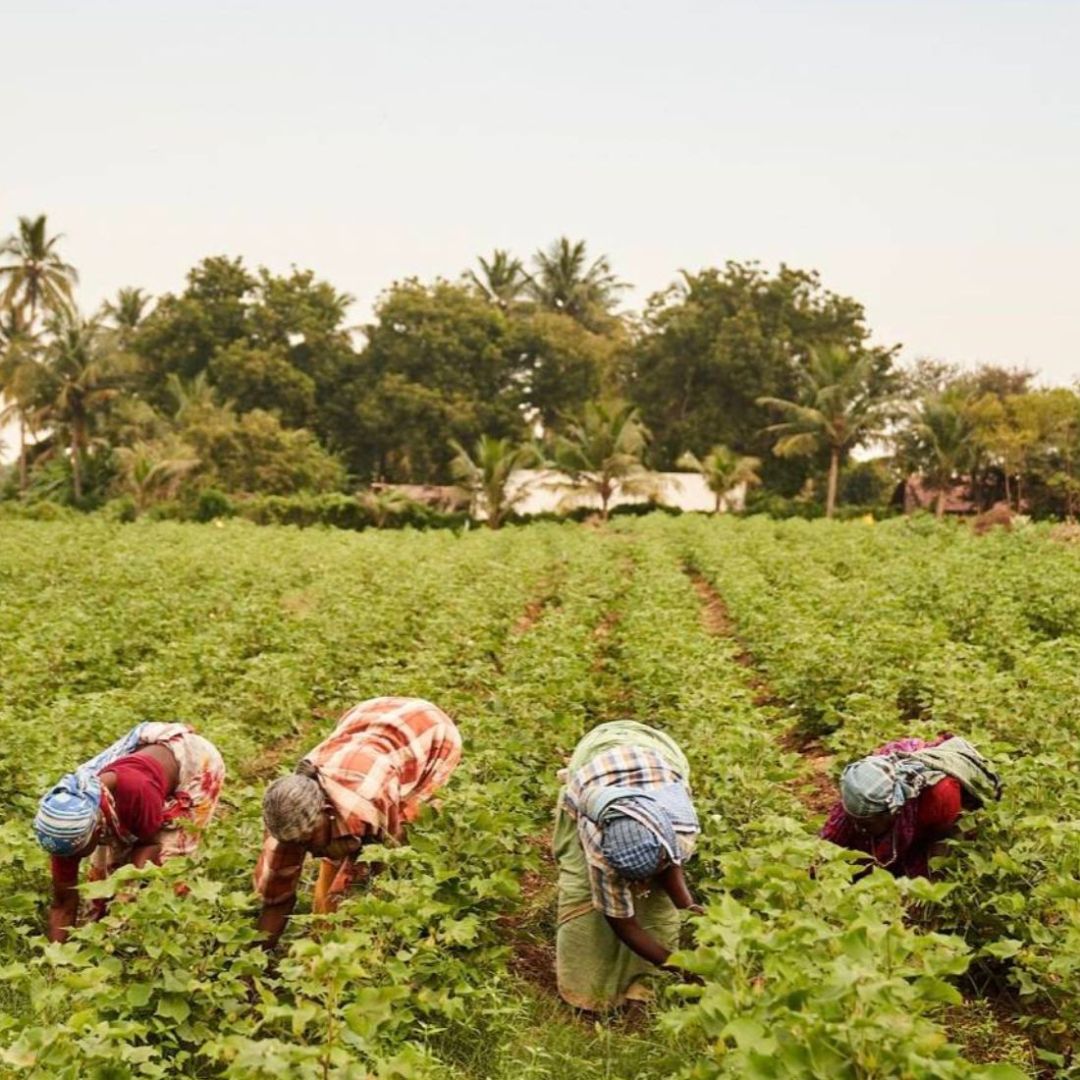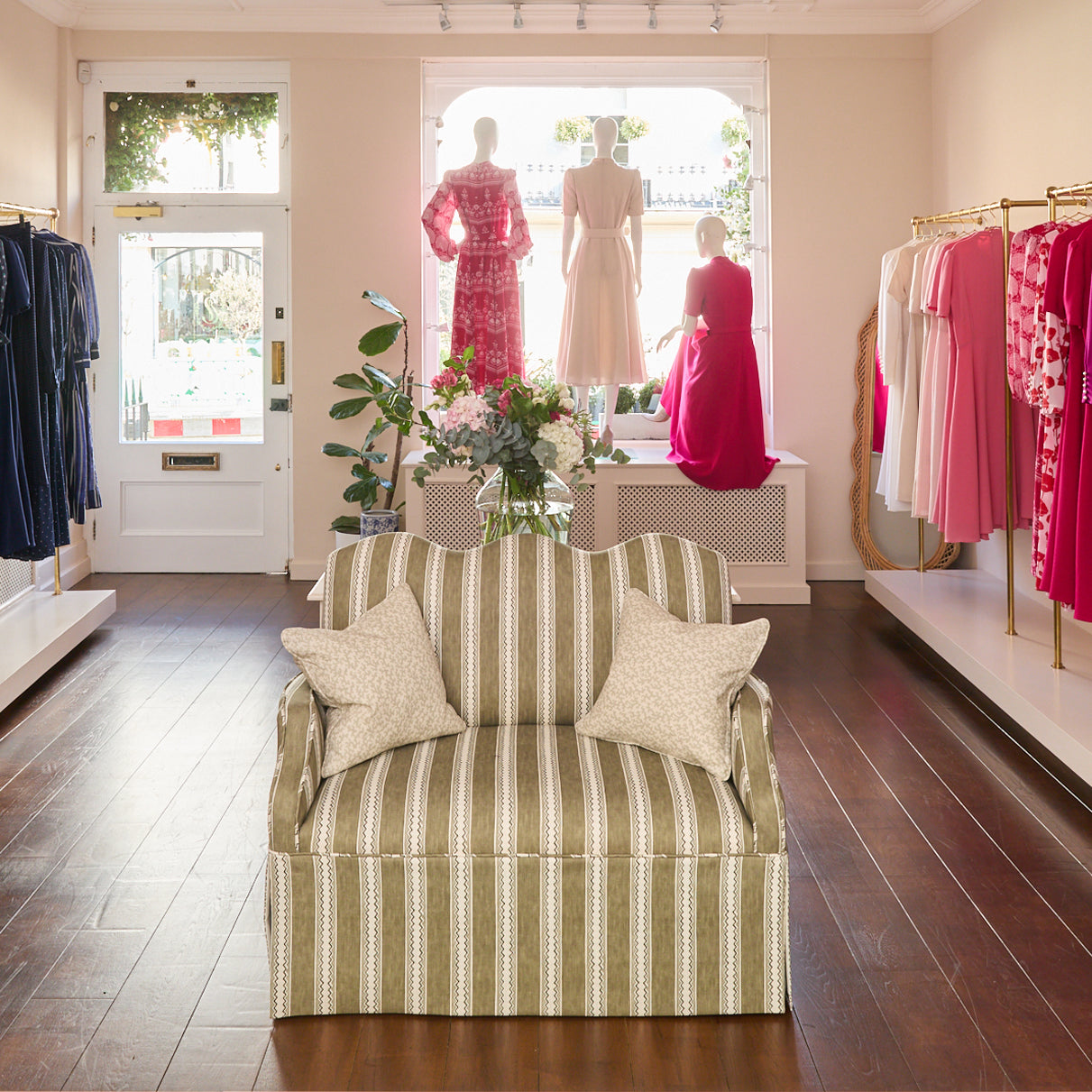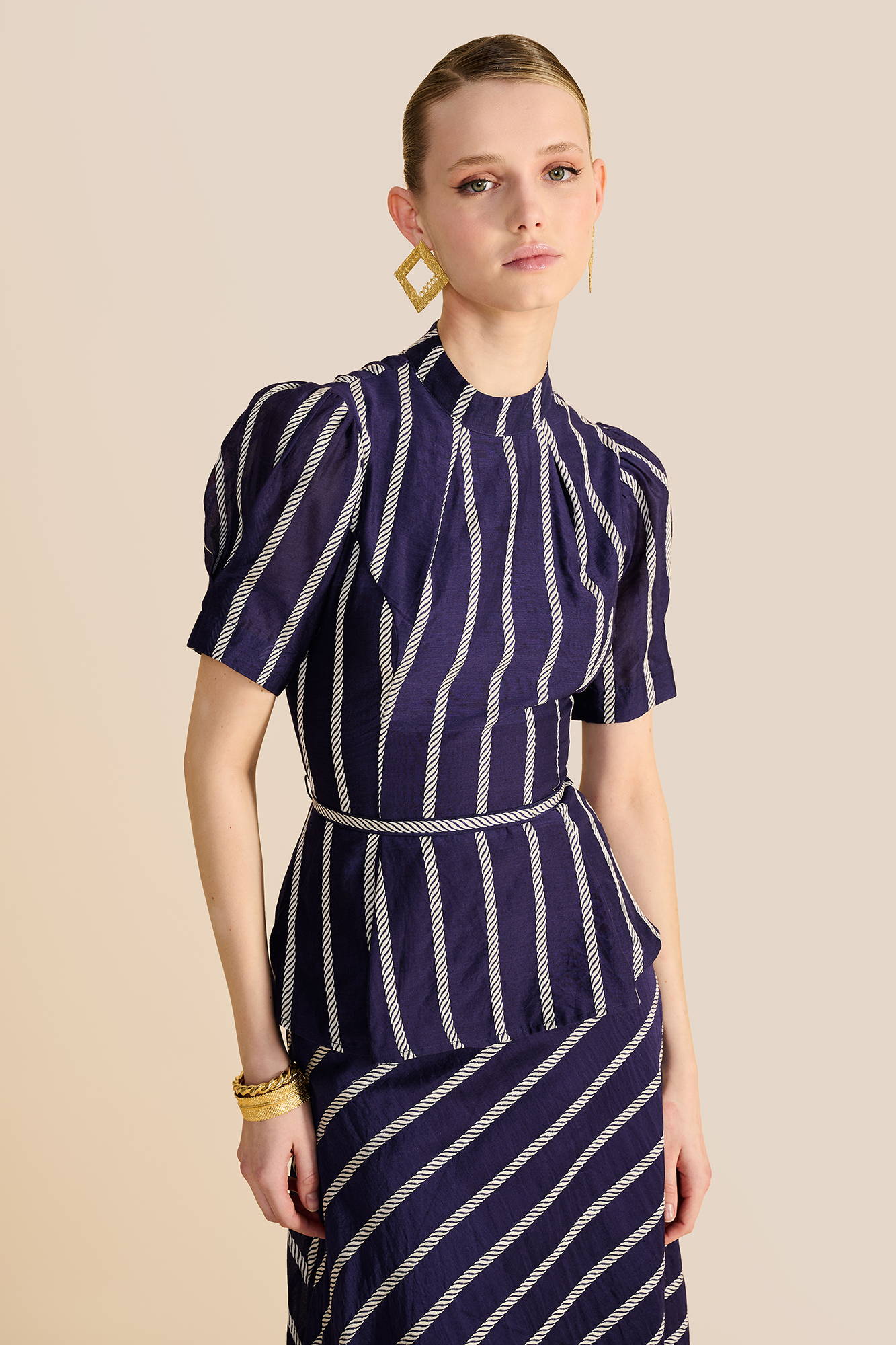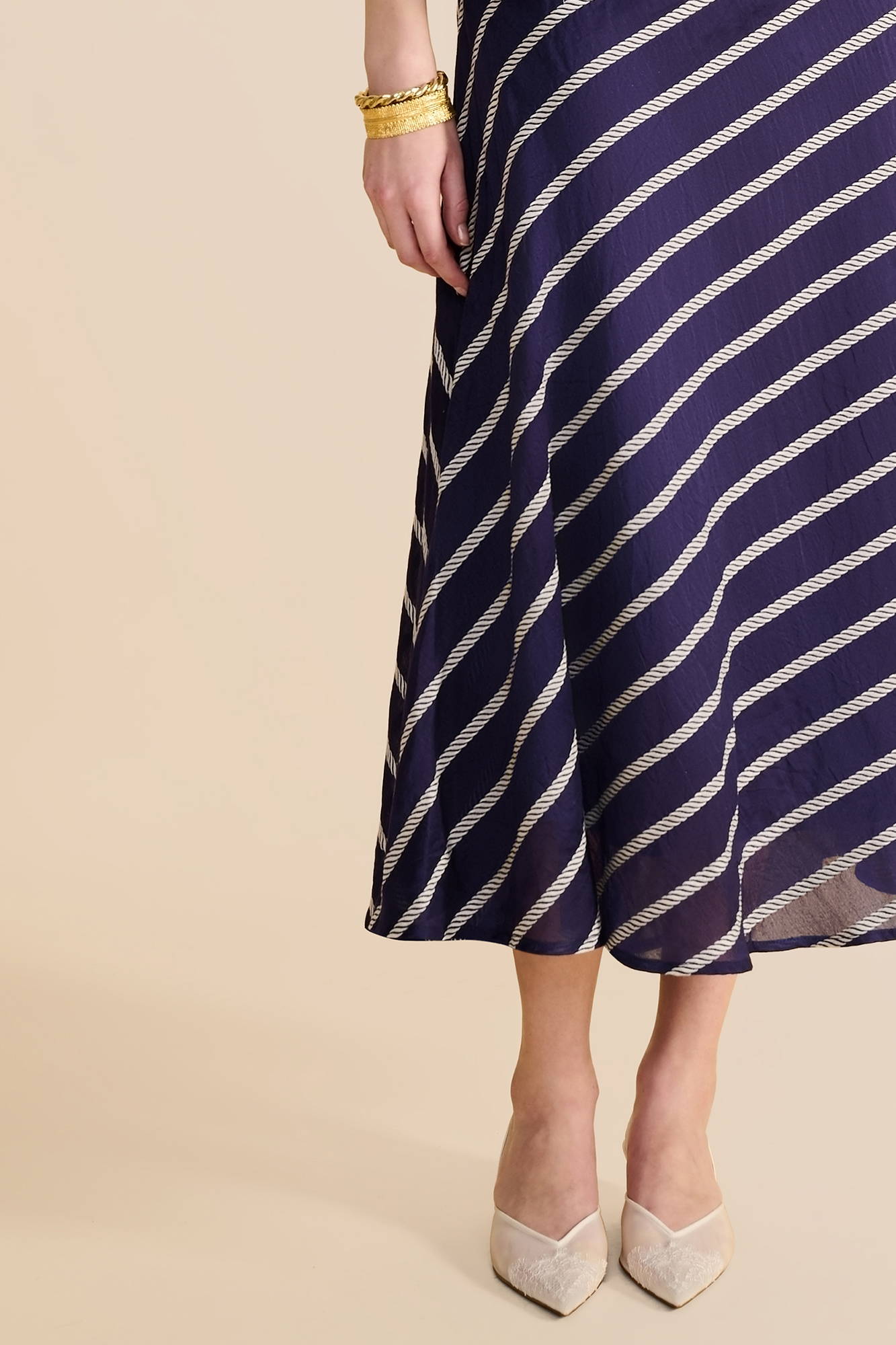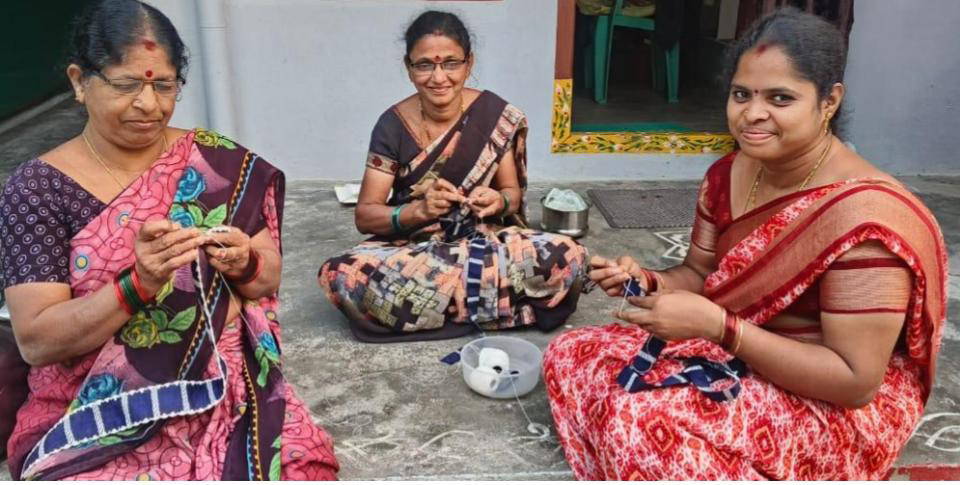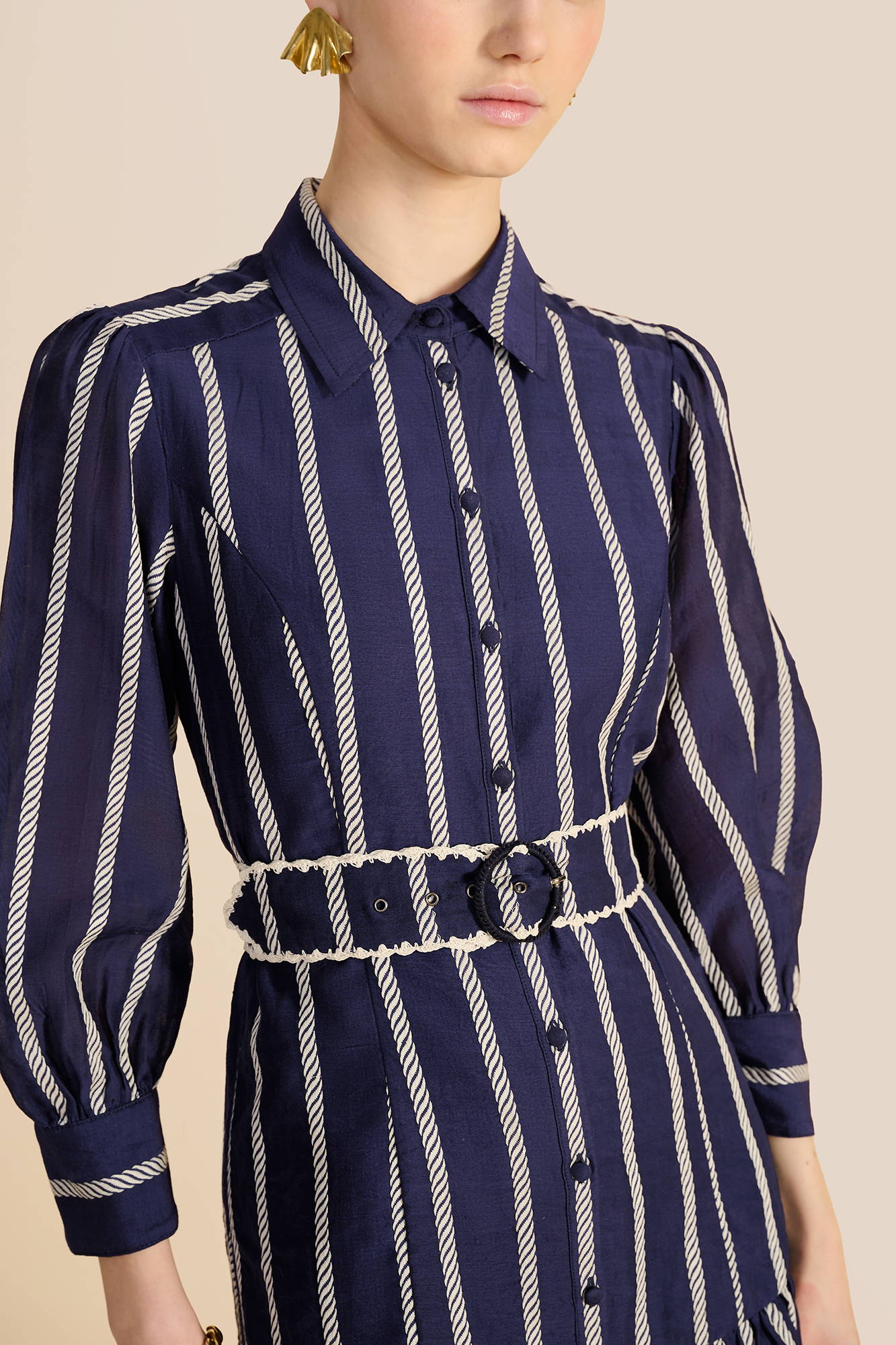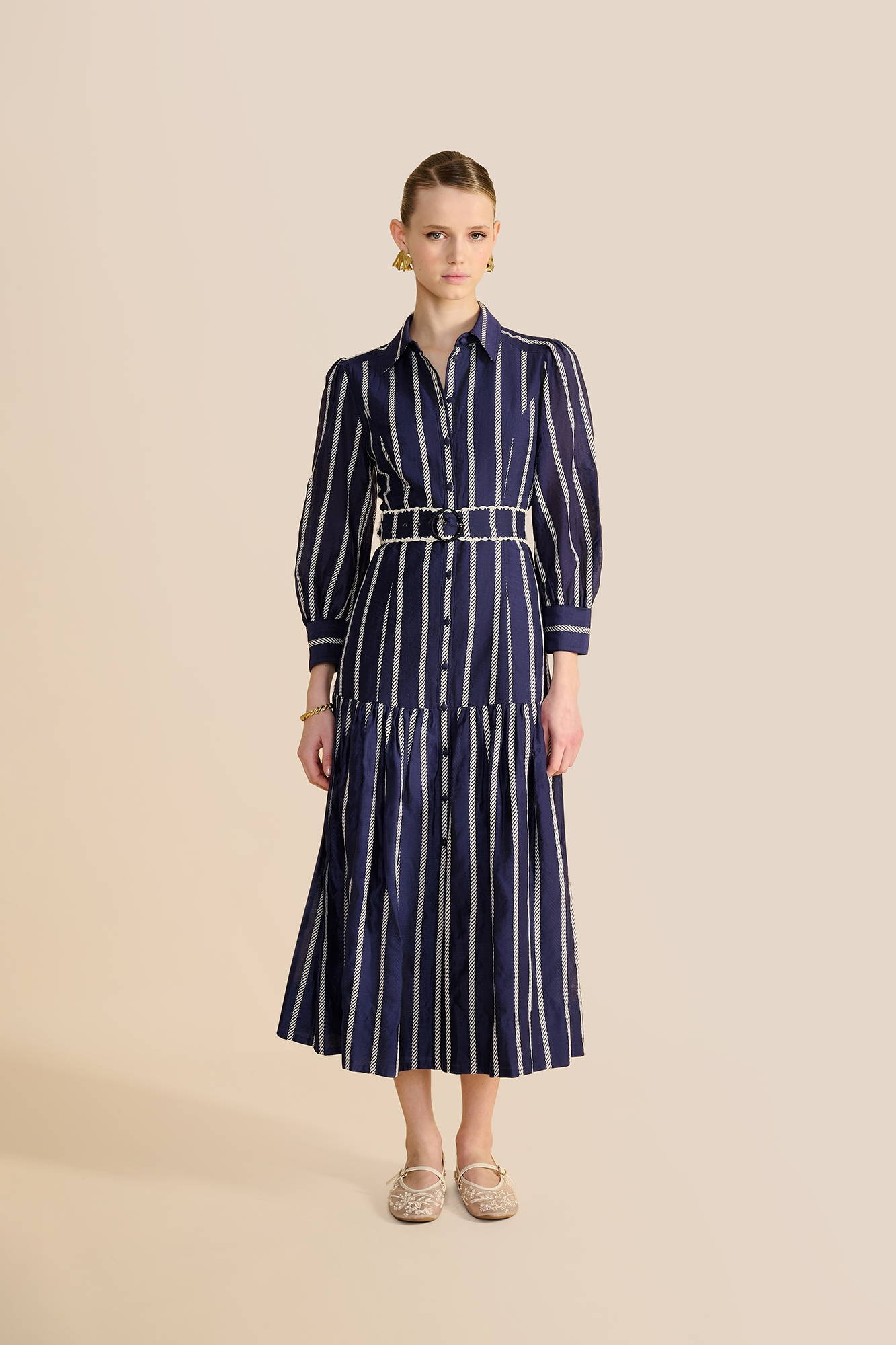
BEHIND THE CRAFT:
HANDWOVEN ROPE FABRIC
Introducing three new styles to our SS25 collection: the Helena Rope Dress, Electra Rope Blouse, and Arabella Rope Skirt. Each piece tells a story of time, skill, and dedication—celebrating the artisans who bring them to life while shaping a more sustainable future.
With each purchase, you’re not just investing in a beautifully made piece—you’re championing ethical production, timeless design, and the artisans who make it all possible.
The Hours Behind Every Piece
Every handwoven fabric is a testament to craftsmanship. To weave just one meter, a skilled artisan spends seven hours at the loom. Hand-crocheted belts, requiring delicate precision, take eight hours each.
The Beauty of Handloom Weaving
Unlike mass-produced textiles, handloom fabrics embrace the individuality of the maker. This meticulous process begins with hand-dyeing the yarn, where natural variations in water temperature and dye application create subtle differences in shade. During weaving, a bobbin bar just 4 to 5 inches in size needs constant refilling, requiring patience and attention. The weaver’s hand pressure naturally varies, creating slight differences in texture and shade. This means that no two pieces are ever exactly alike, making every fabric distinct and truly one-of-a-kind.
Through our Impact partners, 150 artisans across 13 states in India are transforming from wage workers into equal business partners. These skilled weavers now design, price, and own their creations, ensuring a fair and sustainable livelihood while preserving India’s rich textile traditions.
Stitch in Time: Crafting Opportunities
The Helena Rope Dress showcases stunning crochet clusters that line the belt, each hand-embroidered by underprivileged women in India. Through the Stitch in Time initiative, underprivileged women receive training in traditional hand embroidery and heritage crafts. By preserving India’s rich cultural legacy, it creates sustainable livelihood opportunities, fosters financial independence, and builds resilience. Together with NGOs and global fashion stakeholders, they aim to transform lives and celebrate handcrafted excellence.
Every stitch, weave, and hand-finished detail reflects a commitment to sustainability, empowerment, and artistry. Choosing handcrafted fashion means embracing slow fashion, valuing the human touch behind every garment, and supporting a movement that goes beyond trends.




